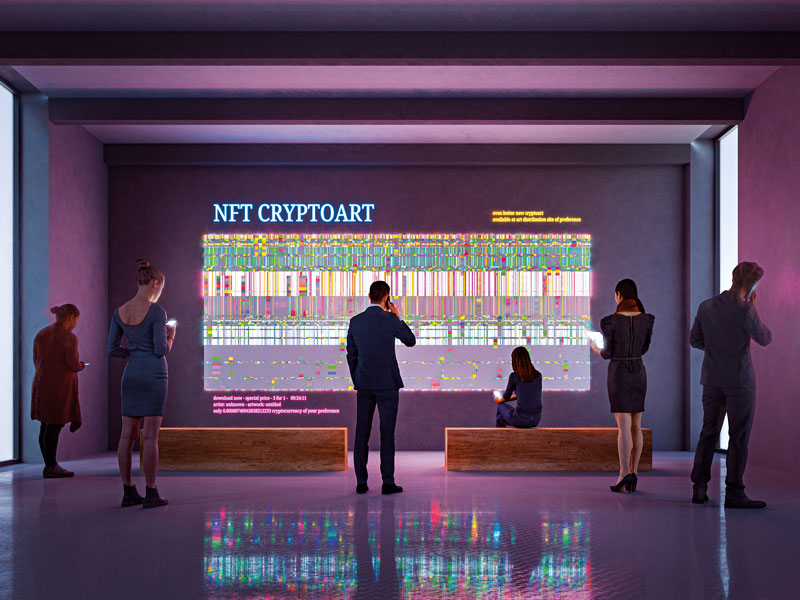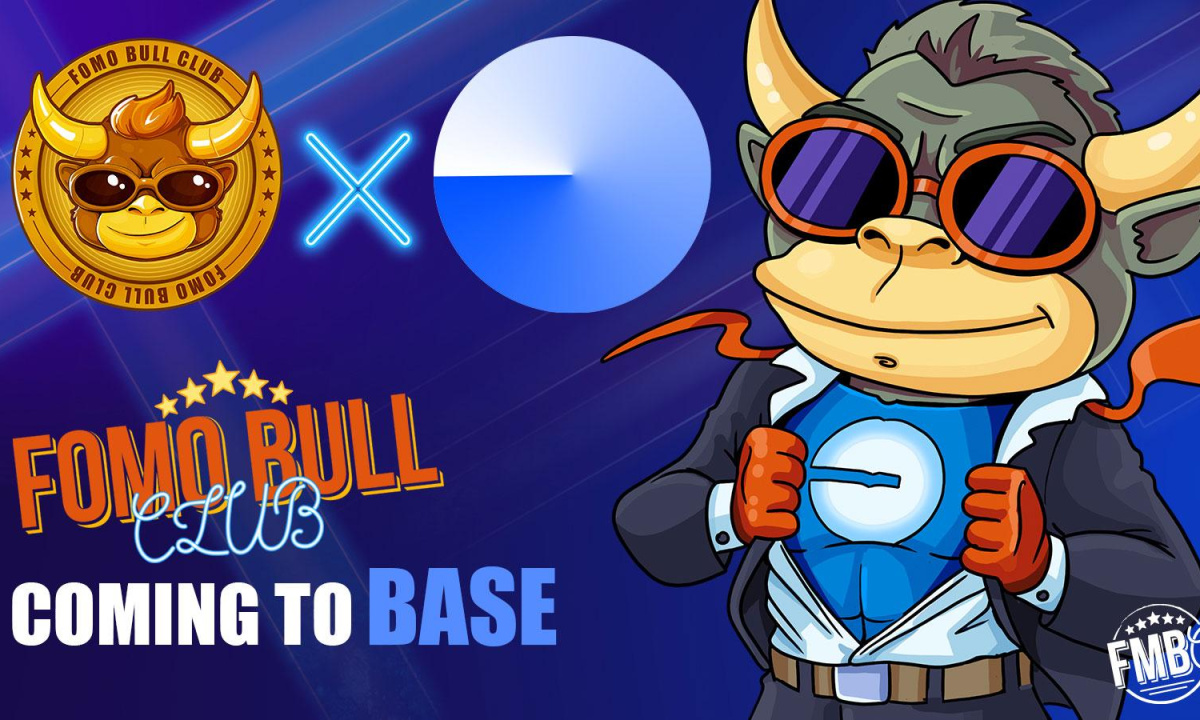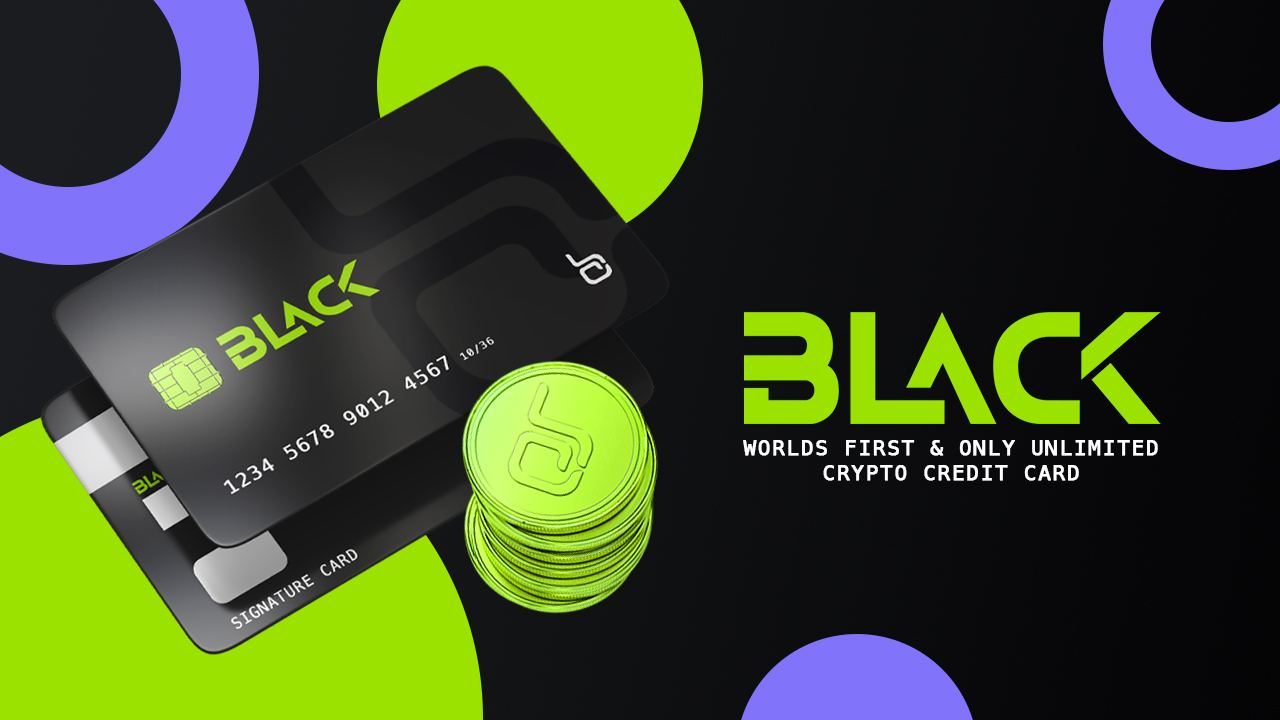From baseball players to shiny Pokemon cards NFTs, collectibles have been a cultural pillar of human behavior since the Renaissance. Memorabilia from popular movies or items from celebrities can be auctioned and sold for attractive sums. The Batmobile prototype from the 1960s Batman TV show sold for $ 4.2 million. With collectibles, the concept itself is simple: an item has value because of its rarity. The less of it, the more valuable it is.
This concept is the principle that drives the explosive growth of inedible tokens (NFTs). For the most part, NFTs are bought and sold on the Ethereum blockchain and are essentially digitized collections. Whether it’s the hugely popular and limited-edition CryptoPunk avatar or Jack Dorsey’s first tweet, NFTs are a lot of money and anyone who manages to get their hands on a rare NFT will always have proof of ownership as this data is on the blockchain.
Related: The art of re-enactment: NFTs are changing the collector’s market
But is it easy to get an NFT?
Gas isn’t cheap
Similar to Bitcoin (BTC) and Ether (ETH), NFTs can only be obtained through mining. For seasoned crypto buyers and sellers, the process of mining and paying a gas fee – a sum that someone has to pay to complete their crypto transactions – is no big deal. However, for first-time buyers who dip their toes in NFTs waters, the extraction process can feel like a nasty bite from a shark.
While this is not a common practice, some NFTs launches use the association curve to determine the price of the NFTs. This creates liquidity in the NFTs market. For laypeople, this means that the price of an NFTs asset is only determined by a finite amount of block space. With the increasing demand for blockchains like Ethereum, network fees tend to skyrocket.
Related: Ethereum fees are rising fast – but traders have alternatives
If you’re a miner, you have a choice of transactions that come with a high fee, so miners hook their wallets at the buyer’s expense. Well, this situation is normal for crypto natives. However, for a newbie to crypto, the entire mining incident can be confusing, unacceptable, and deeply unfair, which is not a totally unreasonable position if you are new to the market.
So how can this power imbalance be fixed so that newbies to the NFT don’t have to pay high gas fees?
Secure a place in the queue
When we launched NFT Shrug and digitized an infamous emoji that became a pop culture meme, it was very aware of the above issues. Ultimately, when hundreds of people try to mine an NFT, we need to find a way to reduce on-chain activity, and thereby lower gas charges. Early NFT platforms struggled with handling transaction flows, which could lead to a bloated experience and higher gas fees for buyers to process in order for their transactions to take place.
Related: NFTs Marketplace: How to Buy and Sell Unusable Tokens
The answer to these persistent problems lies in the implementation of the queuing system. Some NFT platforms have built infrastructure that can increase the speed of blockchain transactions, resulting in a better user experience. Creating a protocol that buyers would have to queue for to mint their NFT while also providing a timeline for doing so would fix the huge difference in the overall minting process that is currently taking place and put the buyer at a disadvantage.
The queuing system creates a fairer market by minimizing the possibility of customers competing for the same NFT and losing their gas charges. As NFT continues to grow in popularity and spark the imagination of the masses (and our wallets), it is important for NFT platforms to make their blockchain-hosted marketplace fairer and more attractive to buyers looking for the latest in digital collection.
Forest dominance in the market
Despite the hype and spotlight on the amount of money circulating through NFT space, the “average” price of an NFT sold on SuperRare is 2.15 Ether, or about $ 5,800, according to reviews on OpenSea. This begs the question: who exactly are the NFT buyers? Are first-time buyers likely to be ousted by a small group of buyers with deep pockets of digital money?
Even the implementation of a queuing system does not change the fact that the market is largely dominated by crypto whales. As the name suggests, crypto whales refer to individuals or organizations that own large amounts of Bitcoin or other cryptocurrencies. This is a problem in the broader crypto space as it means enough Bitcoin holders have the ability to manipulate the currency‘s valuation.
With the NFT in particular, most of the people who buy these inedible tokens are crypto whales. For example, only 2.3% of rarible marketplaces sellers account for 50% of NFT sales. This is reinforced on OpenSea, arguably one of the largest NFT marketplaces, where just 1.9% of salespeople account for half of NFT sales. What essentially happens is that the whales buy projects early and end up having too much of an impact on the reseller market, effectively awarding first-time buyers.
As a result, people who do not live and breathe cryptocurrencies do not participate much in the market, perhaps because there is simply no place for it.
To reduce the dominance of the crypto whales, more needs to be done to educate the mainstream audience on how to buy NFT so that it is no longer reserved for the dominant owners. We still have 197 of our shrunken NFTs. We hope to attract new users to the NFT space who can use their first NFT buying experience as a starting point for entry into the broader NFT market.
There is a lot of potential for NFT to finally make the crypto world completely mainstream, as it basically needs a concept that many people in the physical world understand and digitize all of the driving force behind it. At its core, collecting is meant to be an enjoyable and lucrative activity for those who choose to do it. NFT shouldn’t be any different.
Simon Yu is CEO and Co-Founder of StormX. He has been involved in the blockchain space since 2015 and is an avid speaker and the first to build this industry. Simon has been featured on Forbes, Reader’s Digest, Nasdaq, Business Insider, and others.
.
.


















